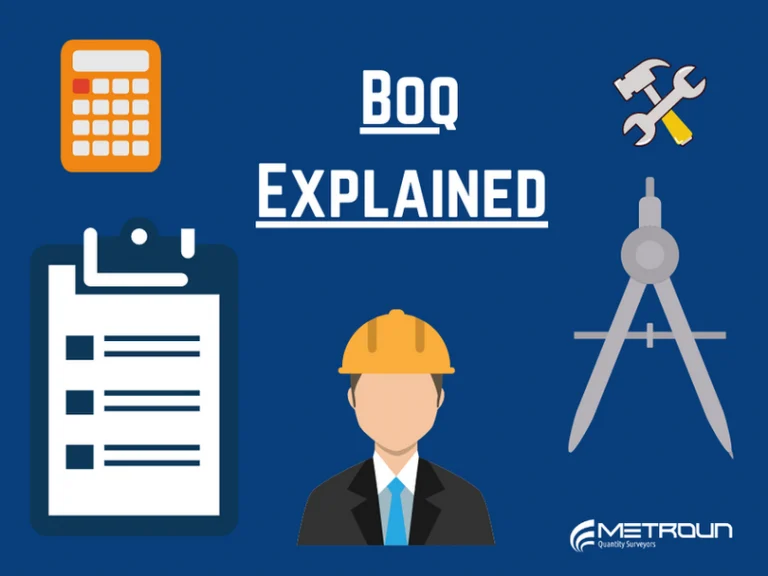The Value of a Bill of Quantities (BoQ)
Appointing a Quantity Surveyor (QS) to produce a Bill of Quantities (BoQ) can significantly reduce the overall contract cost. The benefits span all stages of a project – before, during, and after construction.
At Tender Stage
A BoQ ensures all contractors base their prices on the same comprehensive list of required works. Since the QS develops the BoQ alongside the design process, it guarantees that essential project elements are captured—leaving no room for omissions or assumptions by contractors.
This uniform pricing basis allows for:
- Accurate material and quantity pricing,
- Direct, like-for-like comparisons between contractor bids,
- Identification of underpriced, overpriced, or front-loaded items.
Such insights enable the QS to flag anomalies and provide professional judgment on whether a tender is fair or needs further negotiation. Ultimately, the BoQ promotes transparency and more accurate cost estimates.
While preparing a BoQ can be time-consuming and involve additional upfront cost, its long-term benefits far outweigh these initial considerations.
During Construction
Construction projects often evolve on-site. A BoQ allows for easy valuation of variations. Since each element already has a defined rate, any increase in quantity can be calculated by simple multiplication. This protects the client from being overcharged for extra works.
Equally, if quantities reduce or elements are no longer required, for example, due to better-than-expected ground conditions—cost reductions can be applied just as easily.
The BoQ also serves as a reliable foundation for interim payment valuations. Although a Contract Sum Analysis can be used for this, it lacks the BoQ’s level of detail and precision.t control, transparency, and lifecycle planning makes it an invaluable tool for clients and their construction projects.
Post Construction
Davis, Love, and Baccarini (2009) identified several post-construction advantages of a BoQ. These include its usefulness in:
- Asset management,
- Life cycle costing,
- Estimating future maintenance costs.
At final account stage, the BoQ enables straightforward, consistent, and fair valuation of completed works—making the close-out process much smoother.
While the detailed nature of a BoQ can introduce occasional human error, studies suggest these errors rarely cause significant variations. The long-term value a BoQ brings to cost control, transparency, and lifecycle planning makes it an invaluable tool for clients and their construction projects.
If you need help producing a Bill of Quantities, Metroun can help. Visit our website today.
References
Peter R. Davis, Peter E.D. Love, David Baccarini, (2009) Bills of Quantities: nemesis or nirvana?, Structural Survey, Vol. 27 Issue: 2, pp.99-108










